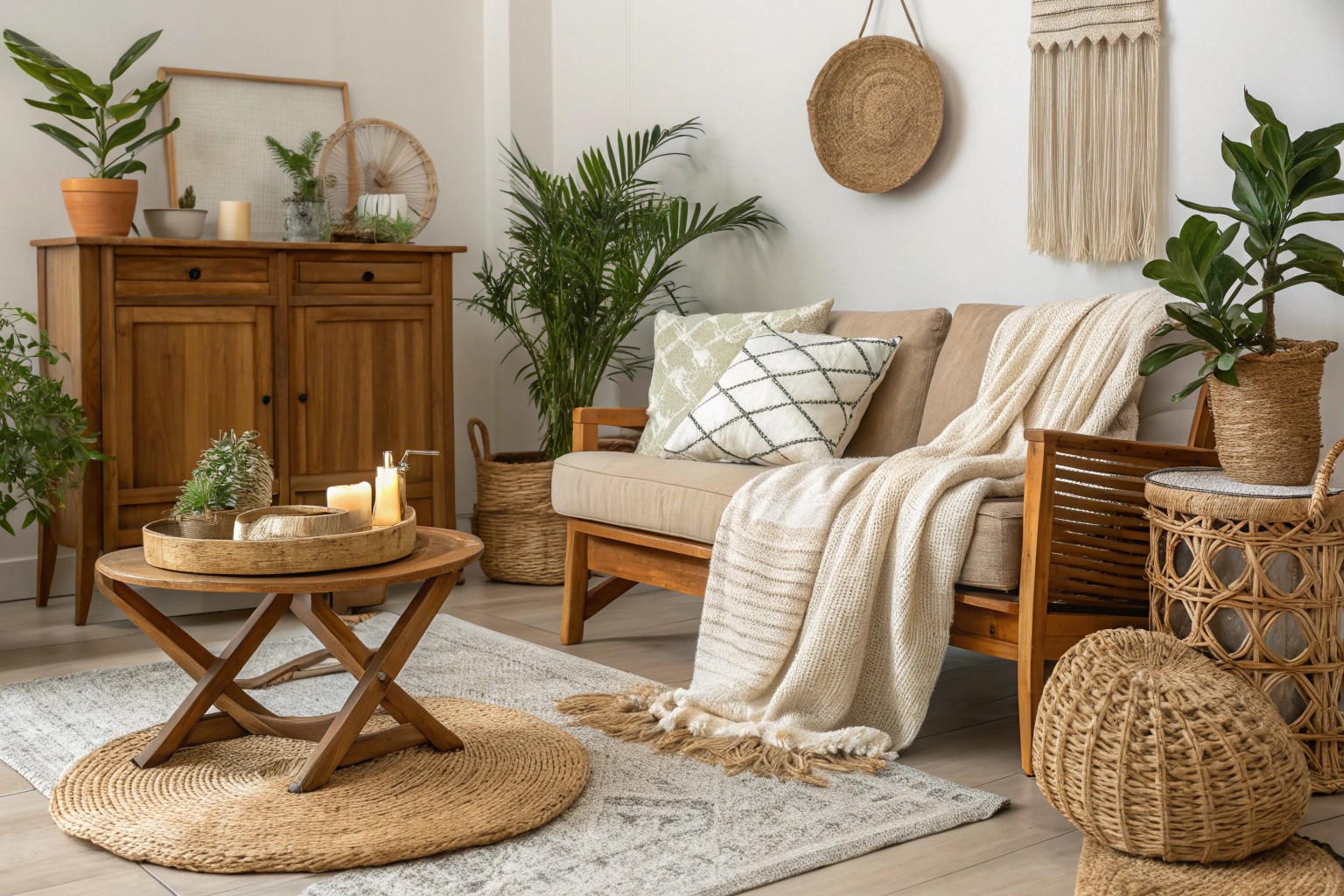In today’s design landscape, the most memorable spaces often incorporate elements that surprise and delight. As designers, we’ve witnessed a remarkable shift toward embracing unconventional materials that challenge traditional notions of what belongs in our homes and gardens. From mycelium grown from fungi to reclaimed industrial artifacts, these unexpected choices create spaces with depth, character, and often impressive sustainability credentials.
Pioneering Materials Transforming Interior Design
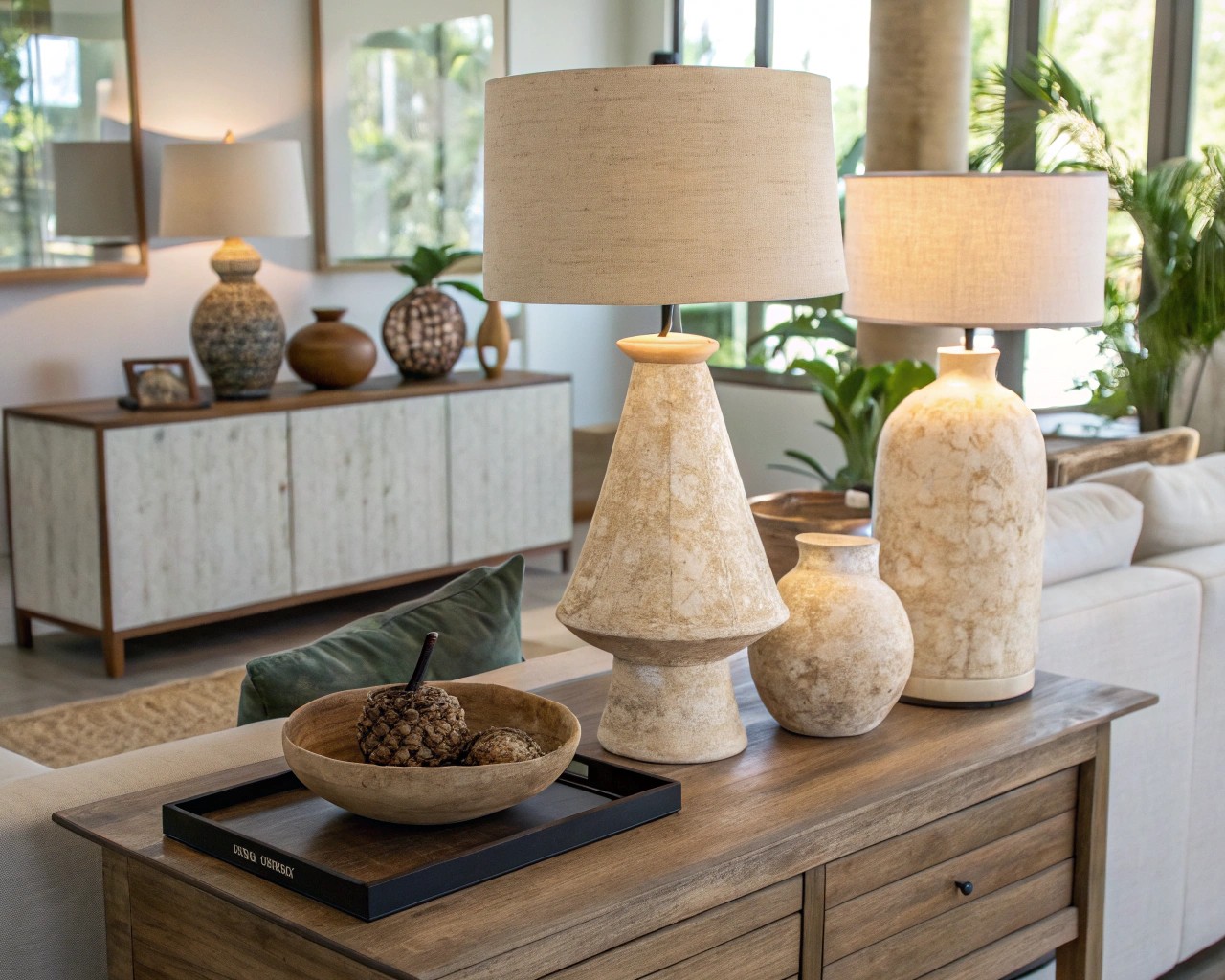
Biological Innovations: When Nature Becomes Decor
The design world’s relationship with natural materials has evolved far beyond traditional wood and stone. Today’s most forward-thinking spaces incorporate living or once-living materials in revolutionary ways.
Mycelium: Fungi as Furniture
Imagine walls and furnishings crafted from mushrooms. Mycelium, the vegetative part of fungi, has emerged as a biodegradable material gaining significant traction in sustainable design. Known for its lightweight strength, it’s being used to create acoustic panels, decorative tiles, and even structural components.
The Growing Pavilion in the Netherlands demonstrated mycelium’s potential as a core construction material in large-scale projects. In commercial settings, mycelium tiles integrate beautifully into restaurant wall panels, providing both aesthetic appeal and noise reduction. This organic texture lends an earthy, modern vibe that pairs well with natural wood and stone elements.
I recently worked with a restaurant client who was initially skeptical about mycelium panels but was ultimately won over by their unique textural quality and acoustic benefits. The space now features a stunning accent wall that customers frequently touch out of curiosity – creating exactly the kind of memorable experience we aimed for.
Cork: The Sustainable Powerhouse
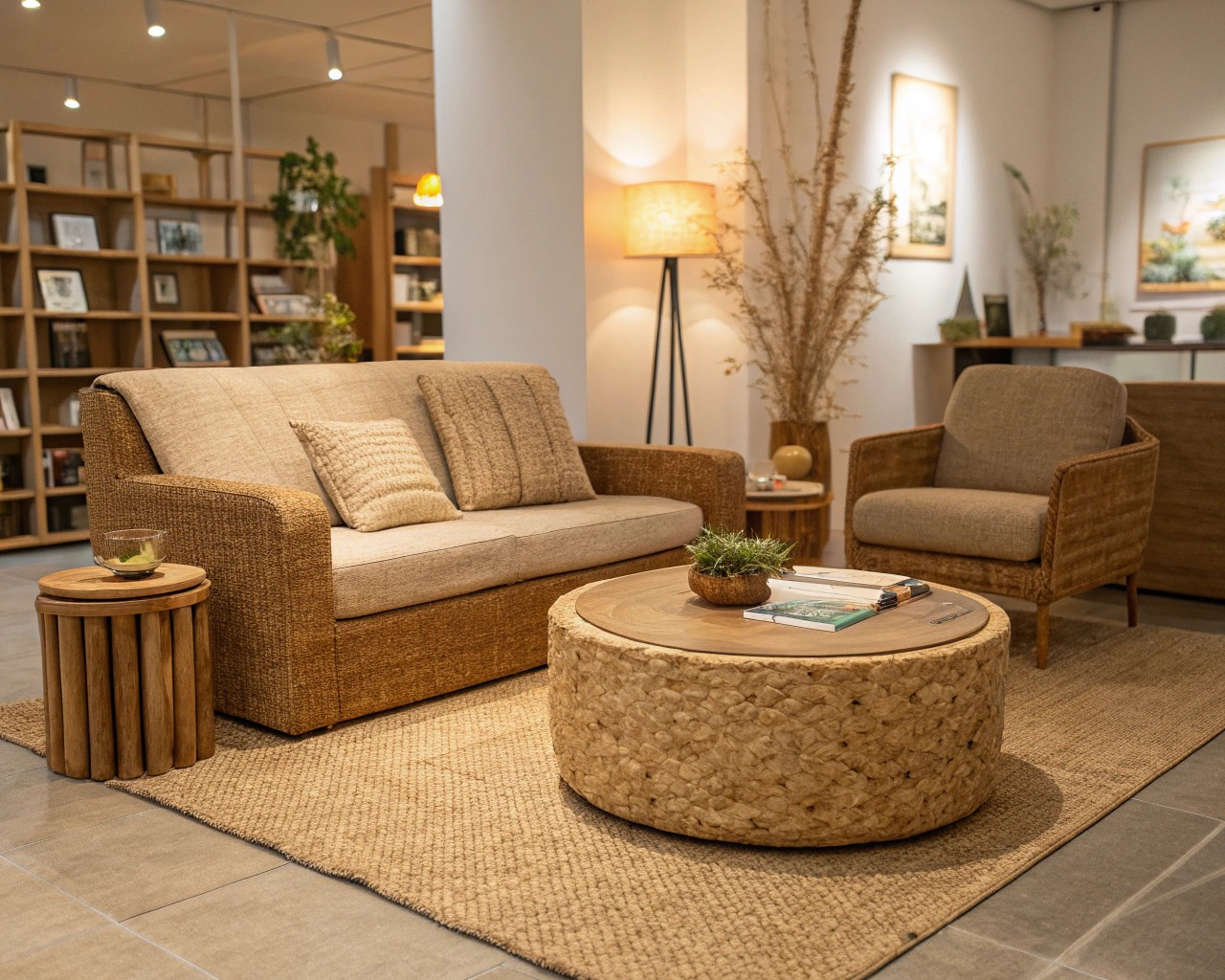
Cork has emerged as one of 2025’s most versatile and underrated materials. This lightweight, low-cost option offers natural insulation properties and long-term protection from the elements while maintaining a distinctive aesthetic.
California-based residential interior designer Julie Khuu highlights cork’s appeal, noting its warm, natural look and comfortable feel underfoot. She points out its unique speckled grain, honeycomb structure, resilience against dents, and suitability for non-slip areas like kitchens and bathrooms.
Cork applications in home decor include:
- Interconnecting blocks serving as architectural elements
- Accent walls and room dividers
- Flooring solutions
- Furniture pieces like coffee tables
- Decorative lampshades and accessories
- Kitchen backsplashes
| Cork Advantages | Cork Limitations |
|---|---|
| Great acoustic dampening (ideal for home theaters) | Requires resealing every 2 years |
| Super easy installation | Prolonged water exposure can cause mold |
| Pleasant, earthy aroma indoors | Needs regular cleaning |
| Complements any design style |
Unexpected Textures: Materials That Challenge Convention
Straw Marquetry: The Art Deco Renaissance
An age-old craft experiencing a modern revival, straw marquetry involves splitting and scraping rye straw into patterns of flat ribbons. This technique gained popularity during the Art Deco period and is now returning as a versatile finish in contemporary design.
Similar to wood marquetry but using straw instead of wood veneer, this approach works beautifully for wall paneling and furniture. It offers endless color, pattern, and textural possibilities while adding unique character to design elements. Though considered a luxury finishing system, its raw material—straw—remains one of the most natural and sustainable products available.
Ceiling as Canvas: The Overlooked Surface
One of my favorite ways to surprise clients is by directing their attention upward. Instead of leaving ceilings plain and unremarkable, consider them a canvas for unexpected materials. Applying wallpaper with bold patterns or textures to the ceiling draws the eye upward and creates visual interest in what would otherwise be negative space.
This approach works particularly well in dining rooms, where guests spend time seated, giving them something beautiful to appreciate above. I’ve found that botanical patterns and subtle metallics tend to work exceptionally well for ceiling applications without overwhelming the space.
Recycled and Reclaimed: Sustainability Meets Style
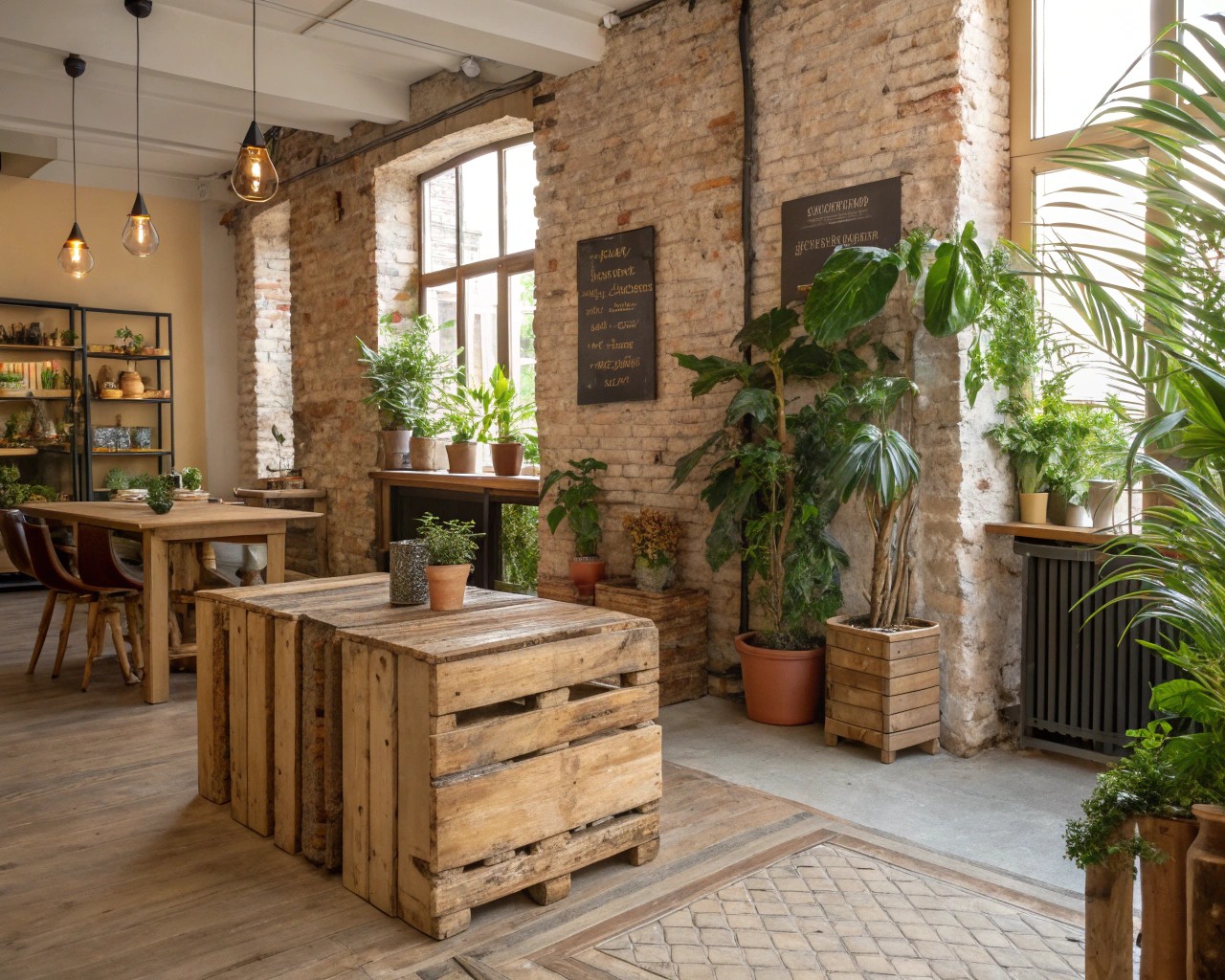
Textile Waste Transformed
Discarded textiles, including denim and cotton, are being repurposed into insulation and decorative materials with impressive results. Denim insulation, for instance, offers superior sound absorption while adding a textured aesthetic element.
In commercial interiors, these recycled composites create warmth and acoustic benefits. For residential settings, custom area rugs fabricated from broadloom carpet remnants offer a sustainable alternative that’s often more flexible and affordable than ready-made options.
Designer Steph Schlegelmilch of Studio Seva often bypasses stock rugs from retail stores, stating: “Not only do the sizes never seem to fit the space properly, but the fibers are usually not the best quality.” Instead, she suggests collaborating with local carpet suppliers to create “custom rugs out of broadloom carpet” ensuring a better fit and superior quality.
Engineered Materials: Beyond Natural Elements
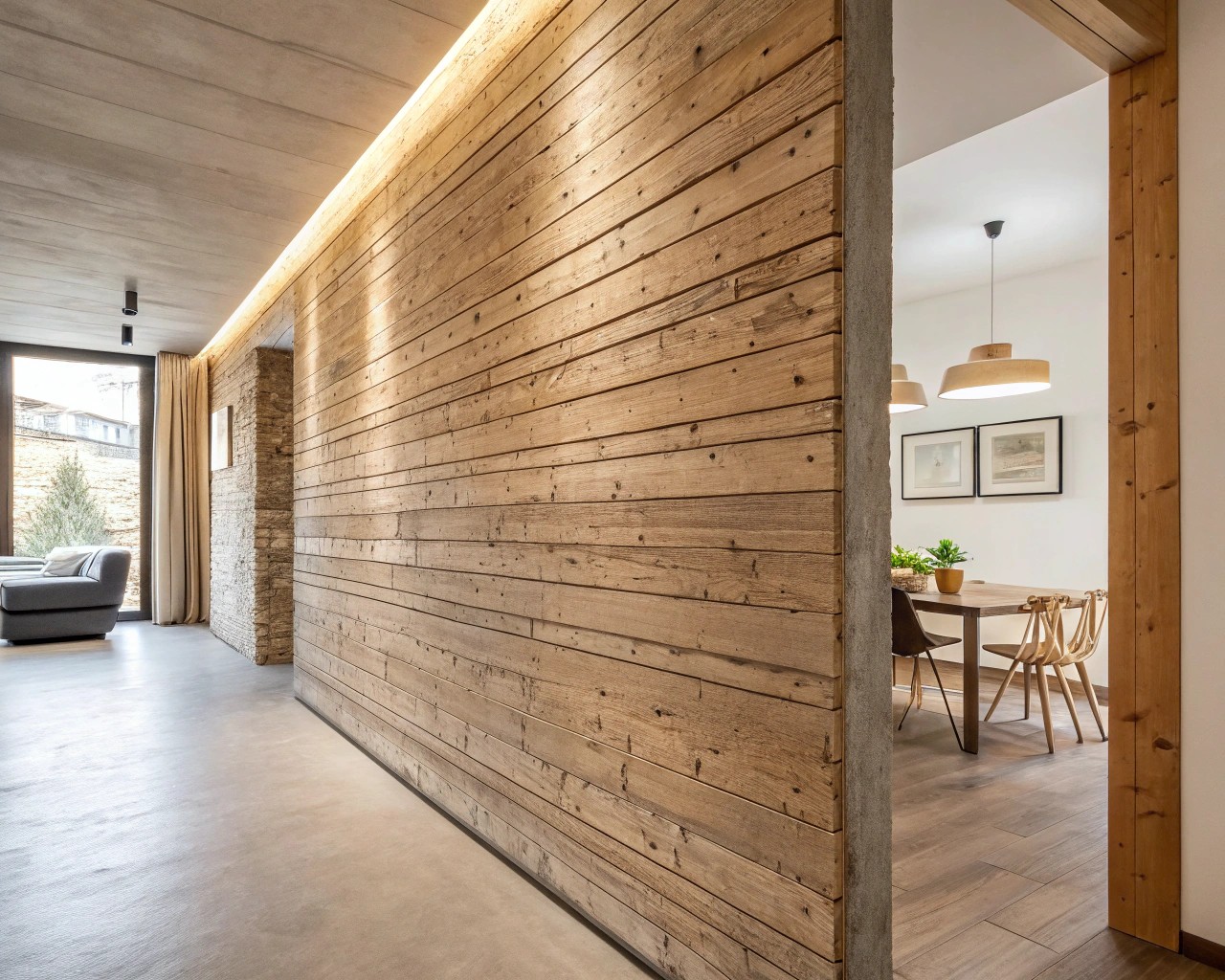
While some designers shy away from engineered quartz countertops (designer Avery Cox considers them “dated” and prefers alternatives like “butcher block, concrete, tile, and natural stone”), other engineered materials are gaining traction for their unique properties.
Timbercrete—a mixture of timber waste and concrete—offers an interesting alternative to traditional building materials with improved insulation properties and a distinctive appearance.
Garden Innovations: Unexpected Outdoor Elements
Reclaimed Materials in the Garden
The garden offers perhaps the most freedom for incorporating truly unusual elements as decor. Reclamation yards have become treasure troves for distinctive garden features.
From Household to Garden Feature
Common household items find new purpose in garden settings:
- Old roof tiles create distinctive raised beds
- Reclaimed bricks edge borders with warmth and character
- Former Belfast sinks and troughs become perfect herb planters
- Chimney pots transform into striking vertical planters
- Slate pieces with holes create sculptural focal points
Using reclaimed landscaping materials offers significant environmental benefits by diverting waste from landfills. Furthermore, as garden designers often observe, aged brick, timber, and stone lend an immediate sense of establishment, character, and depth to outdoor spaces.
Industrial Elements as Garden Art
When properly integrated, industrial salvage creates powerful visual statements in garden settings. Designer Christie Dustman transformed her garden using:
- Floor lamp flowers: Metal shades from floor lamps gathered into floral arrangements that draw visitors in
- Disc harrow fountain: Farm discs from an old harrow turned upward to create a low-maintenance water feature
- Dancing geisha: A sculpture welded from upcycled bike rims, a shovel head, and drill bits
The success of these elements hinges on thoughtful placement and integration. Dustman approaches placing these objects much like she does plants, carefully considering the shape, color, density, and texture of each piece to ensure it harmonizes with the overall garden design through a similar visual and experiential sensibility.
I’ve found that rust, in particular, provides a warm counterpoint to green plantings. The earthy oxidized patina of metal objects creates a natural color harmony that complements rather than competes with plant material.
Implementing Unexpected Materials: A Practical Guide
Assessment Framework: Before You Begin
Before incorporating unconventional materials, assess your space carefully:
-
Consider the existing style – Take note of the prevailing theme. Modern spaces might benefit from sleek glass countertops, while rustic rooms could shine with reclaimed wood accents.
-
Evaluate functionality requirements – Some unexpected materials are better suited for certain areas. Kitchens benefit from durable, easy-to-clean surfaces like concrete or stainless steel.
-
Reflect on personal style – Think about your design preferences and the statement you want to make. If you love bold expressions, consider dramatic applications like patterned wallpaper on the ceiling.
Material Selection Strategy
When selecting unexpected materials, I recommend clients follow this decision matrix:
| Material Consideration | Questions to Ask | Examples |
|---|---|---|
| Sustainability | Is it eco-friendly? Does it reduce waste? | Mycelium, Cork, Reclaimed elements |
| Durability | Will it withstand intended use? | Concrete, Brass, Agate |
| Maintenance | How much upkeep will it require? | Cork (resealing needed), Live edge (regular oiling) |
| Visual Impact | Does it create the desired aesthetic effect? | Straw marquetry, Ceiling wallpaper |
| Budget | Is it cost-effective for the impact it creates? | Reclaimed elements (variable), Custom materials (higher) |
Balancing Unexpected with Familiar
The most successful designs incorporating unusual materials maintain balance through:
-
Repetition of color – Consistent use of color themes creates cohesion. For example, Christie Dustman effectively uses green and rust as unifying hues throughout her garden space, linking disparate elements.
-
Texture contrast – Pairing rough with smooth creates visual interest. Consider combining reclaimed paving with pebbles and gravel.
-
Scale consideration – Ensure unexpected elements are appropriately sized for their surroundings. A small space might showcase one spectacular mycelium pendant light, while larger areas can accommodate more substantial statements.
We’ve found that incorporating one unexpected focal material with supporting conventional elements often creates the most harmonious result. This approach prevents spaces from feeling chaotic while still allowing the unusual element to shine.

